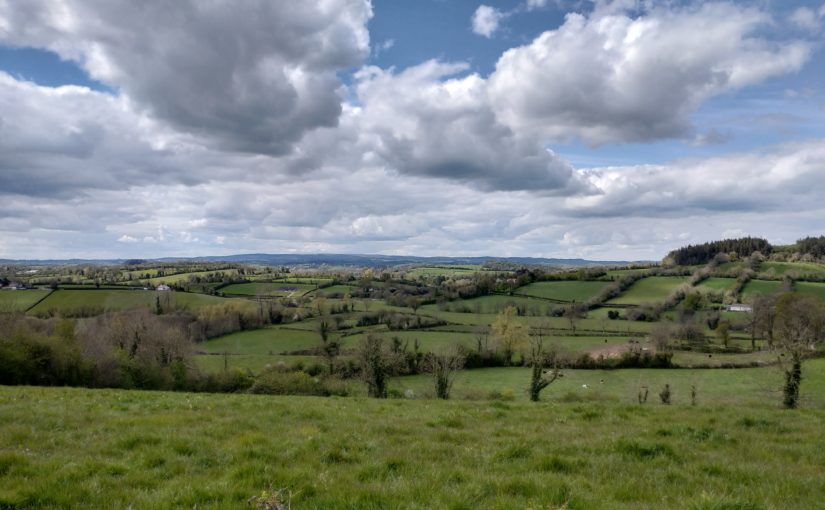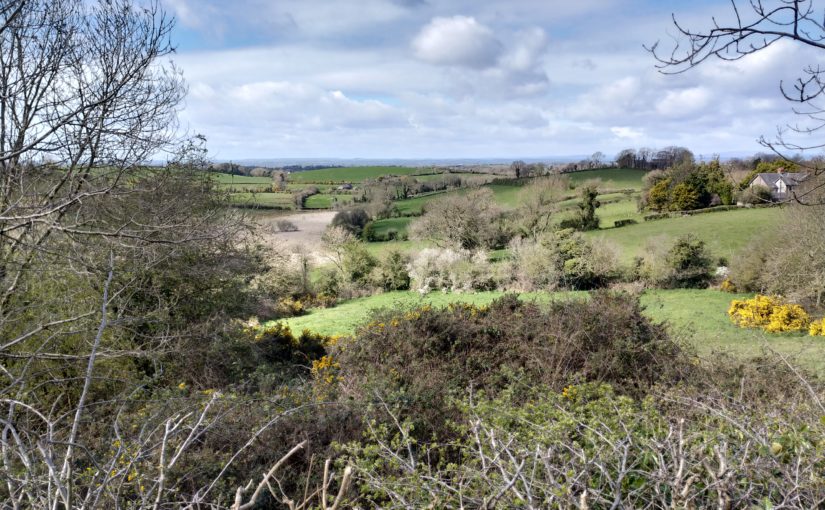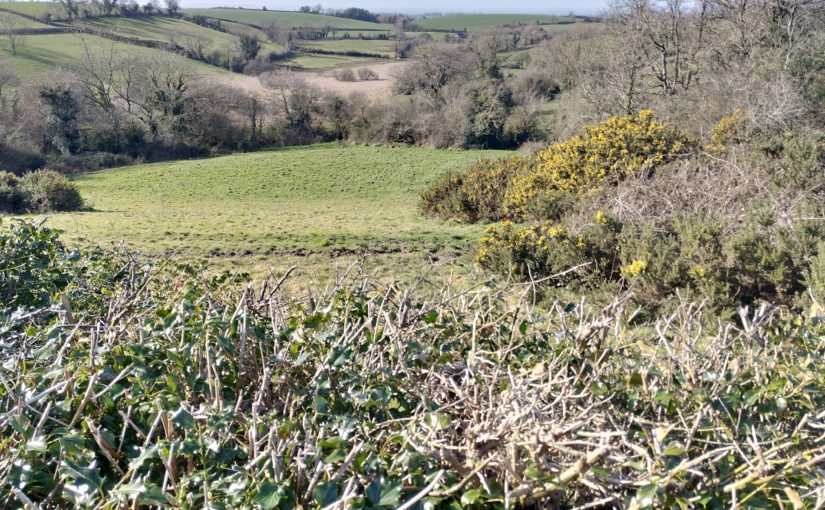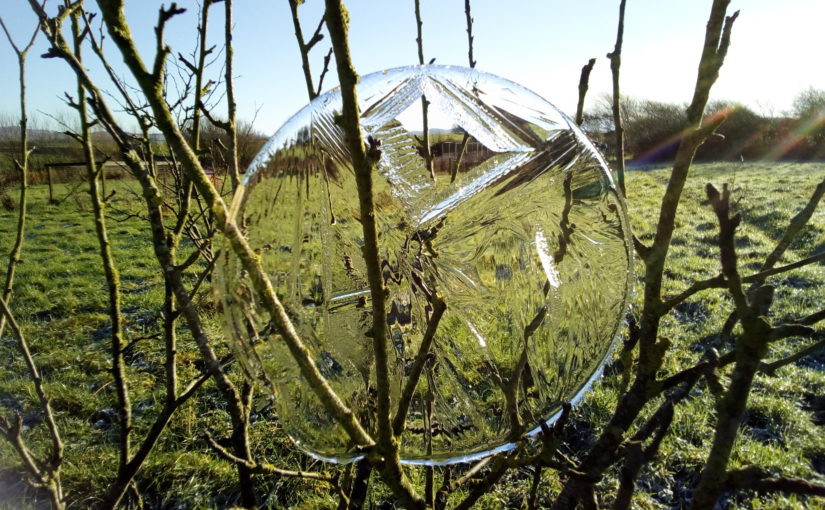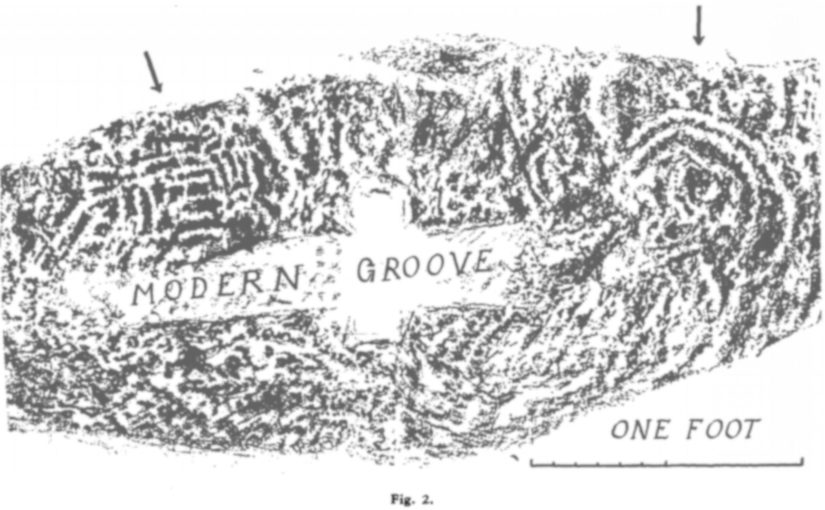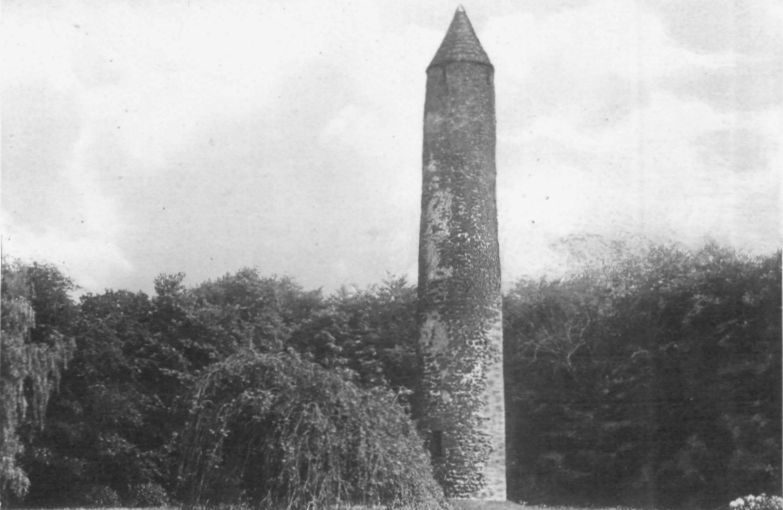There are three different versions of the tune of Mailí Bheag Ó in Edward Bunting’s books and manuscripts. In this post I’m going to look at each of the three in turn, and then see if we can say anything useful about them and where he got each of them from. I think it is obvious that two of the versions come from two different harper informants on two different occasions, and one of them was lifted from older printed books.
Continue reading Mailí Bheag ÓTag: Old Irish harp transcriptions project
This project was my main focus from Autumn 2019 through to Spring 2022. The idea was to identify, categorise, catalogue and analyse live transcription notations of traditional Irish harp performance practice.
So far, almost all of the live transcription notations I have identified were done by Edward Bunting, done between 1792 and about 1802. I have made a a tune-list spreadsheet which lists all of the live transcriptions I have so far identified, and PDF indexes and text-transcripts of the key transcription notebooks: Queen’s University Belfast, Special Collections MS4.29, MS4.33.1, and others.
Madge Malone
In Edward Bunting’s notebooks from the 1790s, there is what looks like a live harp transcription version of the Carolan tune, Madge Malone (DOSC 98).
The transcription is on Queen’s University Belfast, Special Collections, MS4.29 page 234/232/241/f115v. It shows what seems to be a dots transcription expanded out with note stems and beams. Then Bunting has made a neat copy based on and derived from the transcription, on the facing page 235/233/242/f116r.
This is a lovely tune, and this transcription has lots of interesting harp idiom in it. But, it is the only source for the tune of Madge Malone as far as I am aware. Because we have three consecutive versions (the transcription, the neat copy, and the published piano arrangement), we can use the changes from one to the next to understand Edward Bunting’s working method, starting from him listening to a live performance by an old Irish harp tradition-bearer, and finishing with a very pianistic classical arrangement intended for wealthy piano amateurs.
Continue reading Madge MaloneRíoghán an uaigneas
Edward Bunting made a transcription of the tune of Ríoghán an uaigneas into one of his collecting pamphlets, now at Queen’s University Belfast, Special Collections, MS4.29 page 233/231/240/f115r.
This is a very interesting notation that looks like it was written live from the performance of an old Irish harper.
Continue reading Ríoghán an uaigneasMhuirnin Dilis
The third and last tune on this interesting two-page spread (Queen’s University Belfast, Special Collections, MS4.29 p.225) appears to be a very straightforward and clear notation. Let’s take a look:
Continue reading Mhuirnin DilisAn chraoibhín aoibhin alainn óg
The next tune on Queen’s University Belfast, Special Collections, MS4.29 page 224 and 225 is more mysterious than Nancy na gCraobh.
Continue reading An chraoibhín aoibhin alainn ógNancy FitzGerald
On Queen’s University Belfast, Special Collections, MS4.29 page 224, Edward Bunting has made what looks like a transcription of a tune, titled “Nancy na Gráve”.
Continue reading Nancy FitzGeraldCailín Donn
In Edward Bunting’s 2-volume manuscript book of piano arrangements from 1798, titled Ancient and modern Irish music (not published) (now Queen’s University Belfast, Special Collections MS4.33.3&2), there is an interesting little tune called “Callin Don”. Bunting has written two pieces of information around this piano arrangement. Above he has written “In the 1st vol. to another air” and below the tune he has written “This air Arthur O Neil says is the same as the Rocks of Pleasure but it is in my oppinion totally different”
Continue reading Cailín DonnGrádh gan fhios
Edward Bunting made a live transcription of the tune of Grádh gan fhios, from the playing of an old Irish harper in the 1790s. You can see the transcription online at Queen’s University Belfast, MS4.29 page 221/219/228/f109r.
Continue reading Grádh gan fhiosTwo more mystery tunes
Bunting has written two tunes on Queen’s University Belfast, Special Collections, MS4.29 page 220/218/227/f108v. At first they seem clear, with clearly written titles. But I cannot find other versions of them, and I do not know if these are harp transcriptions, or fiddle or vocal performances that Bunting has transcribed.
Continue reading Two more mystery tunesIs aoibhinn aoibhinn cloigtheach Aontroim
On Queen’s University, Belfast, Special Collections, MS4.29 page 218/216/225/f107v Edward Bunting has made a live transcription notation of a song air.
Beneath the tune, someone has written what I take to be the title for this tune: “is aoiḃin, aoiḃin cleachach aointrim / ah! how handsome the steeple of Antrim is”. I think this may not be Bunting’s handwriting; whoever wrote it seems to have been literate in Irish, writing the letter b with the dot (for bh).
This is a line from the song of “An bile buadhach”. Bunting later published a variant of the tune under that title in his 1809 book. But first of all let us look at the transcription.
Continue reading Is aoibhinn aoibhinn cloigtheach Aontroim